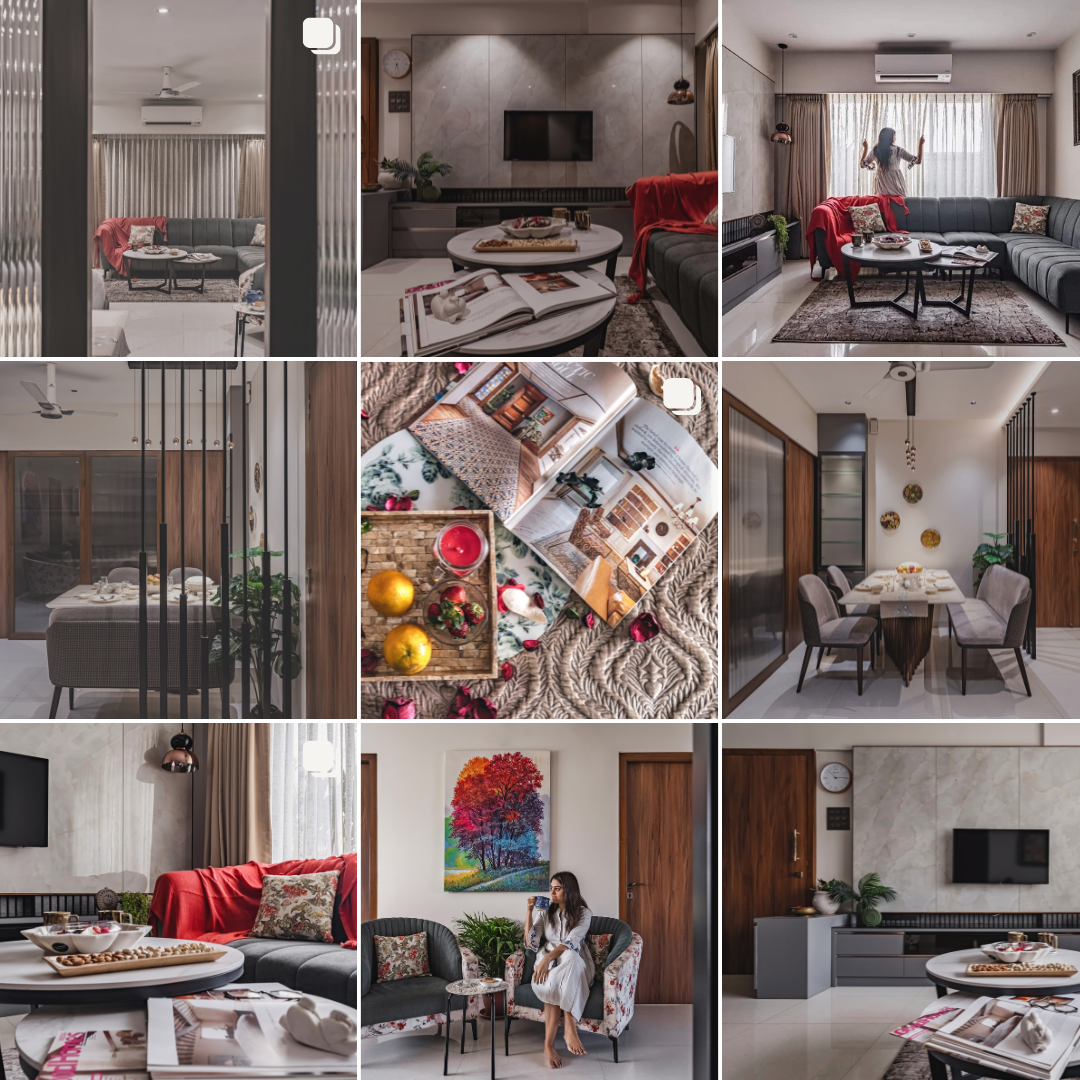
The Dos and Don’ts of Lighting Design: Illuminating Your Space Like a Pro
Lighting plays a crucial role in interior design, not only by providing illumination but also by creating ambiance and enhancing the overall aesthetic appeal of a space. However, achieving optimal lighting design requires careful consideration and planning. In this blog post, we will explore the dos and don’ts of lighting design, equipping you with the knowledge and insights to illuminate your space like a professional interior designer.
The Dos of Lighting Design:
- Do Understand the Layers of Lighting: Effective lighting design incorporates three layers – ambient, task, and accent lighting. Ensure that you have a combination of these layers to create a well-balanced and functional lighting scheme.
- Do Prioritise Natural Light: Whenever possible, maximise the use of natural light in your space. Position windows strategically, use light-coloured window treatments, and consider the orientation of your space to make the most of daylight.
- Do Utilise Dimmers and Controls: Install dimmers and lighting controls to adjust the intensity of light according to different activities and moods. This flexibility allows you to create the desired ambience and save energy.
- Do Opt for Energy-Efficient Lighting: Choose energy-efficient lighting options such as LED bulbs, which not only help reduce energy consumption but also last longer, resulting in cost savings in the long run.
- Do Consider the Colour Temperature: Different light sources have varying colour temperatures, which can impact the mood and perception of a space. Select warm white (lower Kelvin) for cosy areas and cool white (higher Kelvin) for task-oriented spaces.
The Don’ts of Lighting Design:
- Don’t Rely on a Single Light Source: Avoid depending solely on a single overhead fixture for lighting a room. This can create unflattering shadows and uneven illumination. Instead, incorporate a variety of light sources to achieve a layered and dynamic lighting design.
- Don’t Overlook Task Lighting: Task lighting is essential for specific activities such as reading, cooking, or working. Neglecting task lighting can lead to eyestrain and discomfort. Ensure adequate task lighting in relevant areas, such as desk lamps or under-cabinet lighting in the kitchen.
- Don’t Forget About Lighting Placement: Improper placement of lighting fixtures can negatively impact the functionality and aesthetics of a space. Avoid placing fixtures too high or too low, and consider the scale and proportions of the room when determining placement.
- Don’t Neglect Lighting Controls: Lack of proper lighting controls can make it challenging to adjust the lighting to suit different needs and occasions. Invest in switches, dimmers, and smart lighting systems that provide ease and flexibility in controlling your lighting design.
- Don’t Ignore the Importance of Lighting Colour Rendering: Different light sources have varying colour rendering properties, affecting how accurately colours appear in a space. Ensure that your lighting choices have good colour rendering capabilities to showcase the true colours of your decor and furnishings.
By following the dos and avoiding the don’ts of lighting design, you can create a well-lit, functional, and visually appealing space that elevates the overall atmosphere and enhances the user experience. Paying attention to the layers of lighting, utilising natural light, incorporating dimmers and controls, and choosing energy-efficient options will contribute to a successful lighting design. Remember to strike a balance between functionality and aesthetics while considering the specific needs and activities of each space. Illuminate your space like a pro and watch as lighting transforms your interior design into something truly extraordinary.












